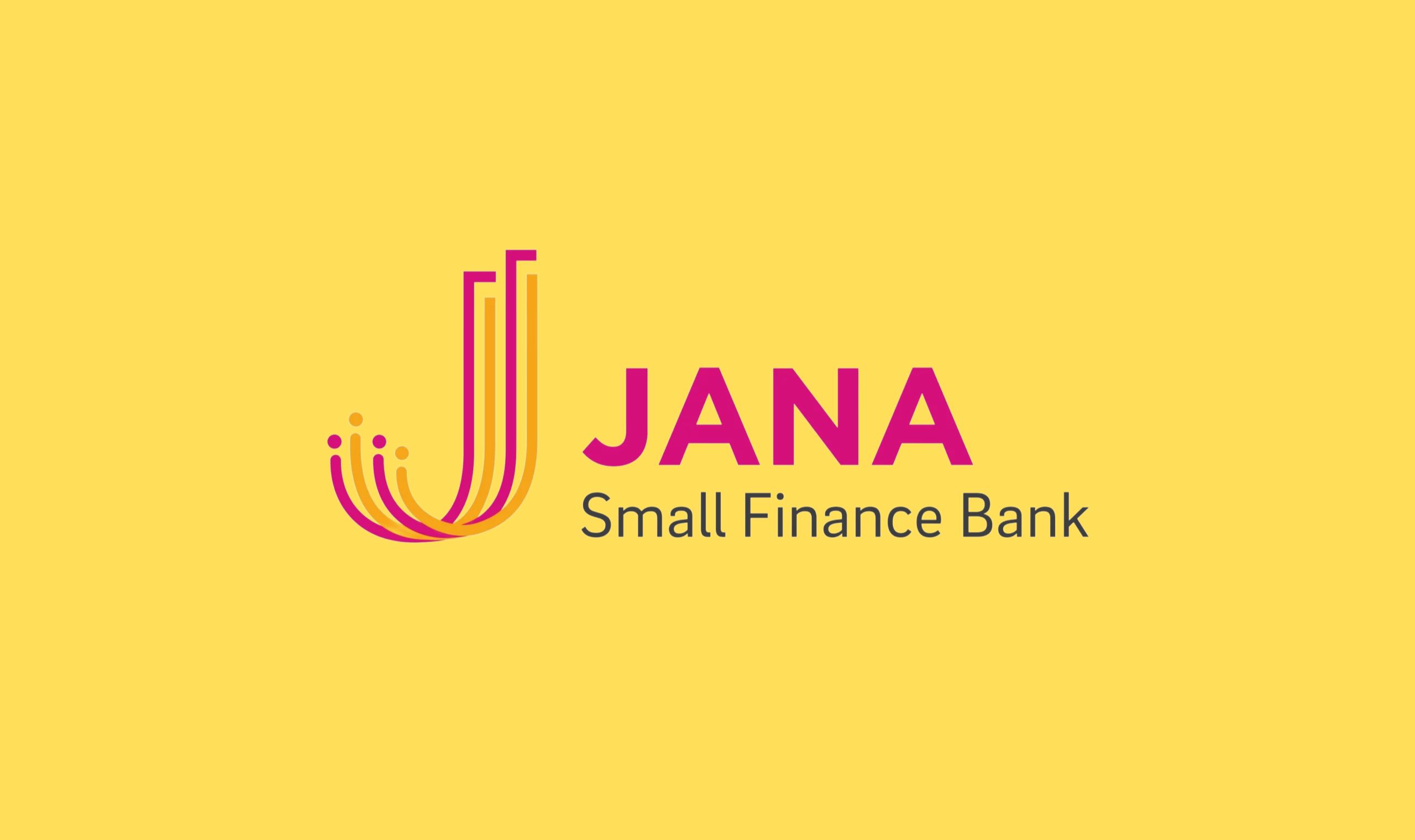Jana Small Finance Bank has made waves in the stock market after its shares surged more than 18% following the announcement of its third-quarter results for FY25. The bank’s strong market performance, despite a drop in net profit, has generated significant interest among investors, with many now questioning whether this is the right time to buy or sell shares of the bank.
In this blog, we will go deeper into the specifics of Jana Small Finance Bank’s Q3 performance, discuss the reasons behind the recent stock price movement, and determine whether investors should buy, hold, or sell the stock according to the information available.
Overview of Jana Small Finance Bank
Jana Small Finance Bank, formerly known as Jana Bank, is one of India’s prominent small finance banks, offering a wide range of banking services, including loans, deposits, and digital banking solutions to underserved and unbanked sections of the population. Founded with the mission to empower financially excluded individuals, the bank has expanded its footprint across India, with a strong presence in both urban and rural markets.
Small finance banks are mainly created to provide basic banking services to micro and small enterprises and low-income households that were previously excluded from the formal banking sector. Over the years, Jana Small Finance Bank has emerged as a key player in this segment.
Jana Small Finance Bank Q3 FY25 Performance
Jana Small Finance Bank announced its third-quarter financial results for FY25 on January 13, 2025. Despite a decline in net profit, the bank’s stock price surged by more than 18%, making it one of the top gainers in the BSE on that day. Let’s take a closer look at the key financials from the report.
1. Net Profit Decline
For the third quarter of FY25, Jana Small Finance Bank reported a drop of 17.91% in standalone net profit to ₹110.6 crore compared to ₹134.6 crore during the same period last year. This fall in net profit certainly raises red flags for investors. However, it needs to be understood that though net profit has taken a YoY hit, net profit is improving sequentially by 14.60% from the ₹96 crore reported during the September 2024 quarter. This will mean that, in relation to the immediate past quarter, performance is improving for the bank.
2. NII
One of the most important indicators of a bank’s performance is its Net Interest Income (NII), which represents the difference between interest earned on loans and interest paid on deposits. For Q3FY25, NII increased by 8% to ₹593 crore from ₹549 crore in the same quarter last year. This growth in NII is a positive sign, as it reflects the bank’s ability to generate income from its core lending business.
3. Pre-Provisioning Operating Profit (PPOP)
Pre-provisioning operating profit (PPOP) is an important metric as it indicates a bank’s operating profitability before accounting for provisions and contingencies. Jana Small Finance Bank’s PPOP for Q3FY25 decreased to ₹279 crore from ₹295 crore in Q3FY24. This decline in PPOP may be a cause for concern, as it suggests that the bank’s profitability from core operations is shrinking, albeit marginally.
4. Asset Quality and NPA Ratios
On the asset quality front, gross non-performing assets (GNPA) rose to 2.8% as of December 31, 2024, from 2.19% a year ago. The net non-performing assets (NNPA) increased to 0.94% from 0.71% in Q3FY24. While these increases in NPA ratios are not ideal, they are within acceptable limits for small finance banks, which tend to have higher NPA levels compared to larger commercial banks.
The increase in NPAs indicates that the bank is facing some stress on its loan book, which may have contributed to the decline in net profit. However, it is important to note that Jana Small Finance Bank has a strong risk management framework in place, and the increase in NPAs is not yet alarming.
5. Assets Under Management (AUM)
Jana Small Finance Bank’s AUM stood at ₹27,984 crore at the end of the December quarter, reflecting a 19% year-on-year growth. This growth in AUM is a positive sign, as it indicates the bank’s expanding lending operations. Moreover, 68% of the bank’s AUM is secured, which adds a layer of safety to the bank’s asset book.
The increase in AUM suggests that the bank is effectively increasing its customer base and lending volume, which should help improve profitability over the long term.
Jana Small Finance Bank Share Price Trend
Despite the challenges faced in Q3 FY25, Jana Small Finance Bank’s share price has seen significant volatility in recent months. The share price jumped by over 18% after the Q3 results, but this is not the only movement the stock has seen in recent times.
- Stock Market Debut
Jana Small Finance Bank shares made their stock market debut on February 14, 2024, at ₹396 per share on the BSE. The stock opened at a discount of 4.35% to the issue price of ₹414. The stock then rose to a peak of ₹760.85 on June 19, 2024, but has since experienced significant declines, hitting a 52-week low of ₹364.00 on January 21, 2025.
- Recent Price Movement
As of January 15, 2025, Jana Small Finance Bank shares were trading at ₹419.10 per share, reflecting a 14.37% increase from the previous day’s closing. The stock has gained 12% in the last month, but it has dropped 39% in the last six months, showing significant price volatility in the short term.
Why Did the Stock Price Jump Post-Q3?
The significant jump in Jana Small Finance Bank’s stock price following the Q3 results can be attributed to several factors:
1. Sequential Profit Improvement
While the year-on-year drop in profit was concerning, the sequential improvement of 14.60% in net profit from the previous quarter indicates that the bank’s financial performance is improving. Investors may have seen this as a positive signal, leading to increased buying interest in the stock.
2. Strong AUM Growth
The 19% YoY growth in AUM is a key factor that likely contributed to the stock’s rally. The growth in AUM shows that the bank is successfully expanding its loan book, which should result in higher interest income in the future.
3. Investor Optimism on Long-Term Growth
Despite the short-term challenges related to NPAs and profitability, Jana Small Finance Bank remains a strong player in the small finance banking sector. The bank’s long-term growth prospects, driven by expanding its lending operations and increasing its customer base, are likely contributing to investor optimism.
4. Positive Market Sentiment
The broader market sentiment also plays a role in the stock’s performance. Jana Small Finance Bank’s recent surge coincides with an overall positive market environment for banking stocks. Investors may have been optimistic about the bank’s future, especially given the growing interest in small finance banks, which are expected to benefit from financial inclusion and government initiatives.
Should You Buy or Sell Jana Small Finance Bank Shares?
Given the recent volatility and mixed results, the question arises: Is it the right time to buy or sell shares of Jana Small Finance Bank?
1. Buy: Long-Term Growth Potential
Jana Small Finance Bank has good long-term growth potential. As the AUM grows, a robust risk management framework places the bank well for exploiting an increasing demand for financial services in underserved markets. Investors with a long-term perspective may see today’s stock price as an entry point at a relatively lower price with further potential gains as it expands its operations.
2. Sell: Short-Term Issues
However, for short-term investors, the stock might pose a threat. The loss in the net income and the NPAs might be showing the short-term issues, and the bank stock has been highly volatile in the last few months. If you are risk averse and are seeking short-term profits, then you should wait till the stock shows steady performance or even better performances in upcoming quarters.
3. Hold: Balanced Approach
For existing shareholders, holding onto the stock might be the best strategy. The recent jump in share price after Q3 results shows that investor sentiment remains positive, and there is potential for further upside in the long run. However, it is essential to monitor the bank’s upcoming performance, especially concerning asset quality and profitability, to make a more informed decision about whether to continue holding the stock or take profits.
Conclusion
Jana Small Finance Bank’s Q3 FY25 results showed both strengths and weaknesses, but the stock’s 18% rally following the announcement suggests that investors are optimistic about its future prospects. The 19% growth in AUM, sequential profit improvement, and strong market position in the small finance banking sector position the bank well for long-term success. However, challenges related to asset quality and profitability may continue to affect the stock in the short term.
Investors should carefully assess their investment horizon and risk tolerance before deciding whether to buy, sell, or hold shares in Jana Small Finance Bank. As always, it’s important to do thorough research and consider both the macroeconomic environment and the bank’s performance when making investment decisions.















0 Comments